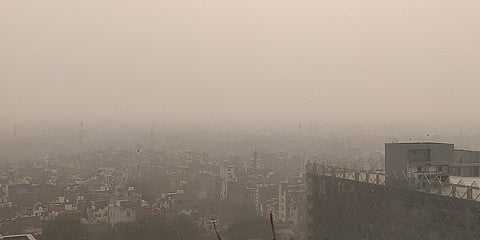According to the Central Pollution Control Board (CPCB), Delhi’s 24-hour average Air Quality Index (AQI) on October 21–22 remained in the “very poor” to “severe” category, ranging between 345 and 353. However, IQAir, a Swiss-based global air-quality platform, reported real-time AQI readings exceeding 650 in several city locations, briefly ranking Delhi among the most polluted cities in the world.
Experts explained that the differences arise from distinct measurement methods. The CPCB calculates AQI based on 24-hour averages from official monitoring stations, while IQAir uses instantaneous real-time data, which often captures short-term pollution peaks.


